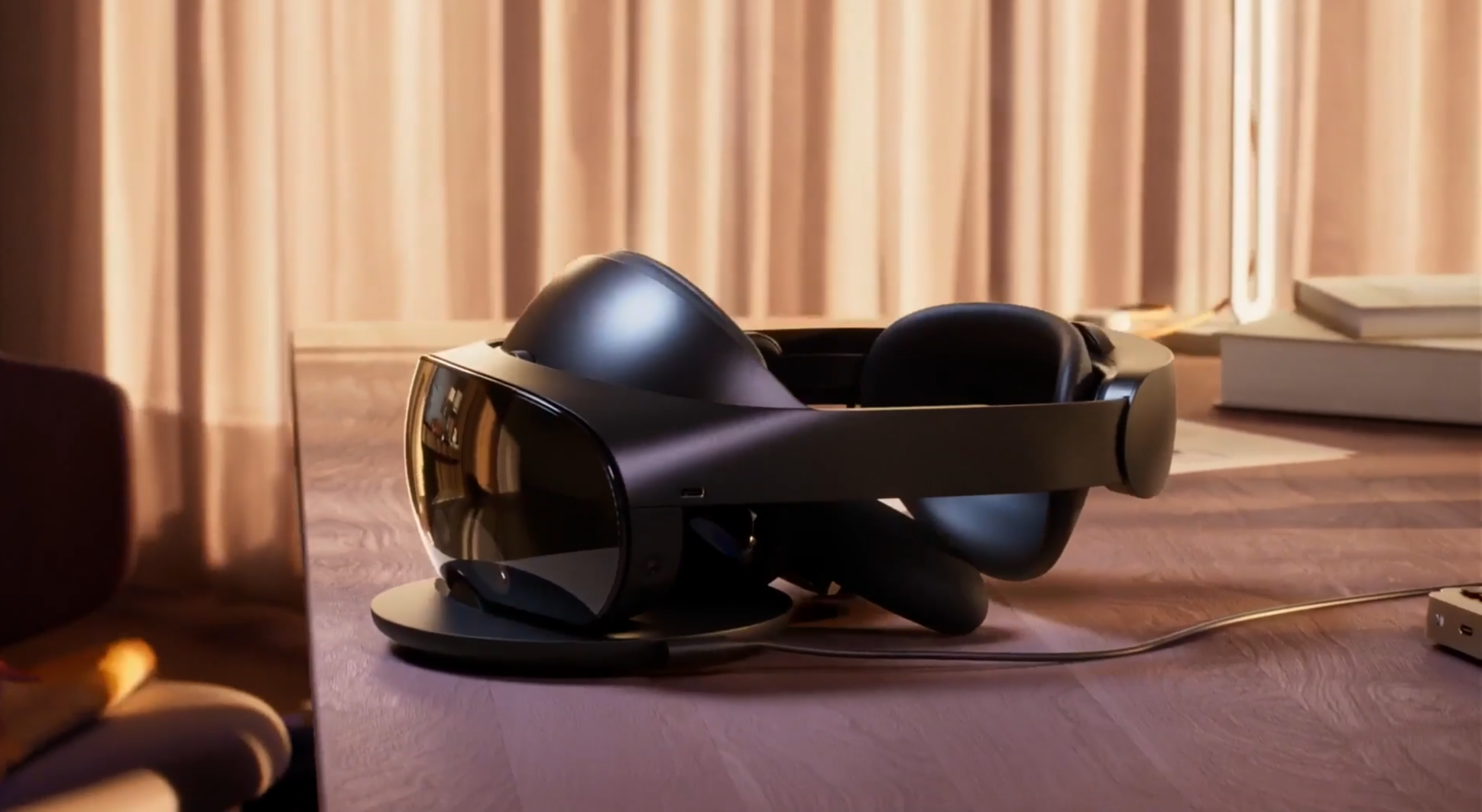Meta announced the productivity- and enterprise-focused Quest Pro VR headset at the company’s annual Connect conference. Though Meta has played in the low-end of VR and offered multiple subsidies on its headsets to keep them affordable, the Quest Pro represents a move up the VR value chain.
The headset comes with Qualcomm’s Snapdragon XR2+ processor, 12 GB memory, 256 GB storage, 800 x 1920 pixel display, and 90 Hz refresh rate. The Quest Pro also an outward-facing camera to capture live 3D streams. The Quest Pro is priced at $1,500 and will be available on October 25, 2022. Valve, HTC, and Varjo are better equipped for the high-end. But the Quest Pro’s standalone ability and new sensors for eye tracking, face-tracking, and hand-motion tracking take it a notch above headsets currently available in the market and allow more personalization of the VR avatars.
Meta’s headsets – and VR headsets in general – are bulky and clunky. The Quest Pro is innovative with its battery on a back mount, which makes the headset comparatively less bulky, a key attribute in making this gadget user friendly. However, Meta has a long way to go before consumers take to very large, ski-like, and goggle-type headsets, but the company is on the right track, and this is an early first step to grow the mainstream scope of mixed reality (XR) devices. GlobalData estimates revenues from VR headsets will reach more than $58 billion in 2030, making that a market ripe for innovation.
The Quest Pro’s outward-facing cameras allow a 3D video capture, which will give users the ability to hang a virtual picture on a real wall, bringing AR and VR together (i.e., XR) and opening the door to more professional and enterprise use cases.
Battery life could be an issue for Quest Pro
But the Quest Pro only offers half the battery life of Quest 2, and the battery is embedded in the headset, not removable like headsets from Magic Leap or swappable for easy charging like Vive Focus 3. This limits the Pro’s flexibility in productivity-based settings. The Quest Pro is experimental; Meta is testing the waters to see what use case sticks to create an ecosystem of content for Meta’s next phase in XR, augmented reality wearables, widely anticipated to replace smartphones as personal consumer devices. Meta has partnered with Microsoft, Coursera, and other companies to bring content to Meta’s ecosystem, but the content largely remains untested and its practical benefits unverified.
Rival Apple, which is widely expected to launch its own XR headset in early 2023, already has the content and productivity suites that consumers use, as does Sony. Apple is also well-versed in creating operating systems for multiple product categories, which gives the company a competitive edge over Meta.

US Tariffs are shifting - will you react or anticipate?
Don’t let policy changes catch you off guard. Stay proactive with real-time data and expert analysis.
By GlobalData







